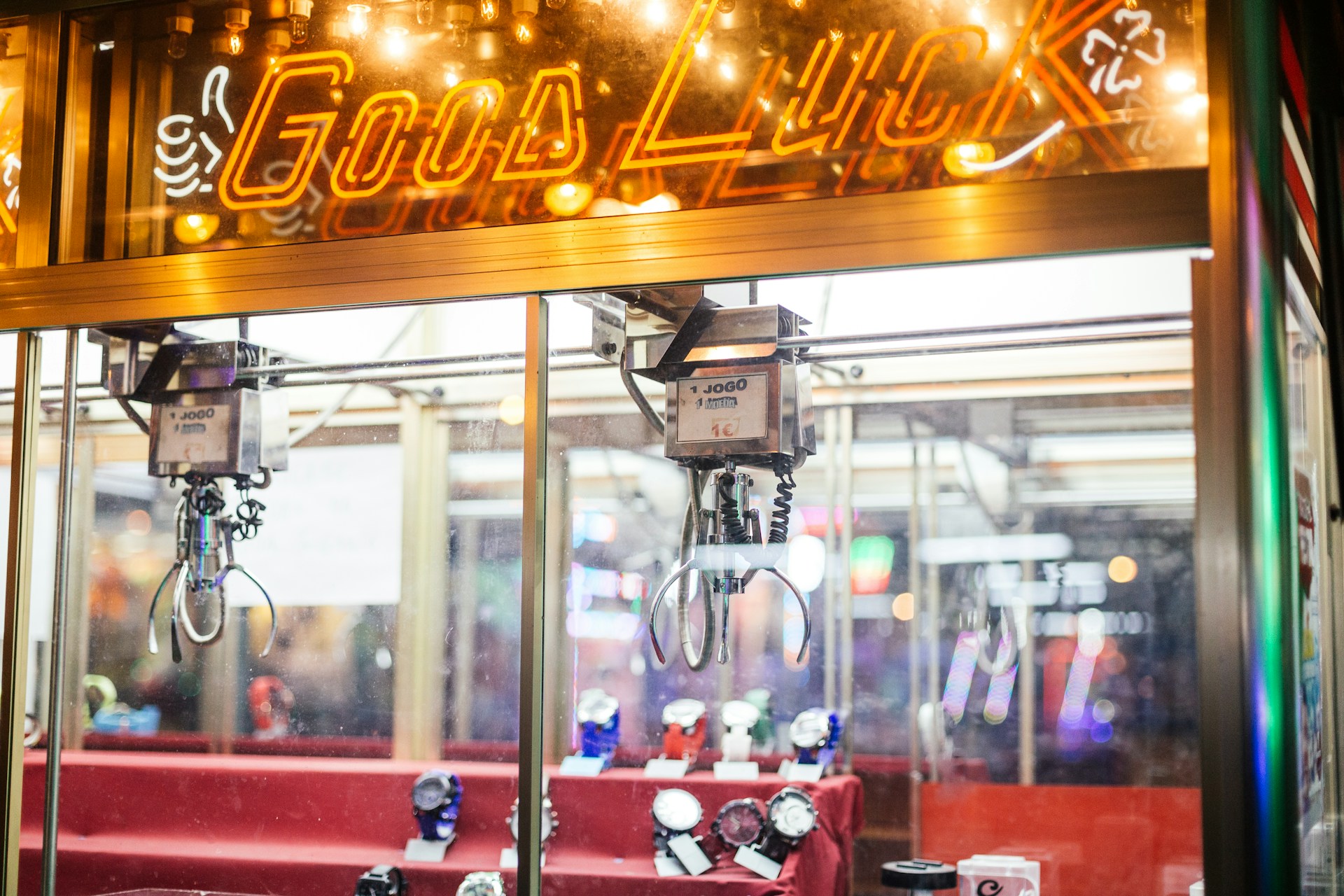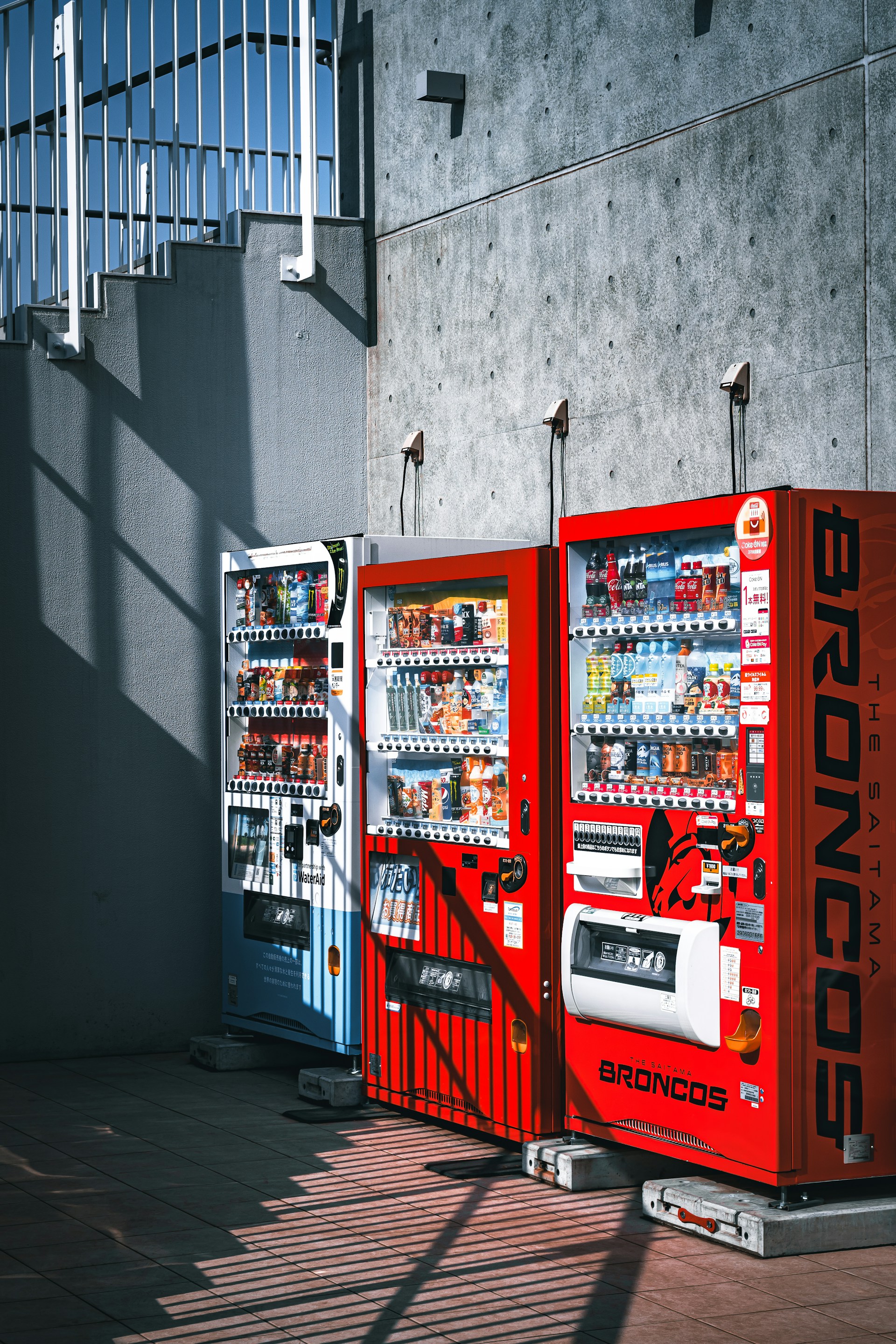It’s hard to walk into an arcade, movie theatre, or shopping mall without seeing one of the most attractive and addictive games. Sitting in the corner is that familiar glass box with a mechanical arm dangling inside, surrounded by colorful prizes just waiting to be claimed. The crane vending machine has become a staple of modern entertainment, captivating players of all ages with its deceptively simple premise: drop in some coins, maneuver the claw, and hopefully walk away with a prize. But there's much more to these machines than people may think.
What is a Crane Vending Machine?
A crane vending machine, also known as a claw machine, is a prize vending machine that challenges users to grab prizes using a mechanical claw controlled by joystick movements. Unlike traditional vending machines, which provide a snack or drink with payment, crane machines do not guarantee a payout. Instead, consumers have to rely on skill, timing, and luck to secure a return on their investment. Imagine a carnival midway game in a glass box.
Since their inception in the late 1800s, crane vending machines have evolved significantly. Originally a simple mechanical device found in penny arcades, these machines are now sophisticated pieces of entertainment. The modern arcade vending machine now consists of programmable settings, LED lighting, sound effects, and video displays, helping to keep the simple game attractive and challenging in a world of constantly evolving technology.
How Do Crane Vending Machines Work?
Although the concept and appearance might be relatively basic, the mechanics of a crane vending machine are actually complex. An average crane vending machine is made up of several components
- Control Panel - Usually featuring a joystick, a start button, and a drop/grab button.
- Claw Mechanism - Featuring a three-pronged metal or plastic claw attached to a motorized arm operating on a three-axis system; left-right (X), forward-back (Y), and up-down (Z).
- Prize Bin - The area that houses all of the rewards.
- Computer Boards- The brains of the machine that set the claw strength, difficulty settings, and time limits.
- Video Cameras/Monitors - Modern-day machines show remaining play time and the ability to view their attempts from various angles.
The game's process requires the user to maneuver the claw over a chosen reward. Once they press the grab button or the time expires, the claw descends and attempts to grasp a prize with the assistance of sensors. If successful, the claw will retract with the prize in its grip and carry it over to a chute for the user to retrieve.
Machine owners can adjust the claw’s strength, drop speed, and even how often a prize is claimed. This technology is what determines the player’s success rate, entertainment, and business revenue.
Why Are Crane Vending Machines So Popular?
Despite being around for so long, the allure of a crane vending machine comes from its psychological appeal, simplicity, and challenge. Whether you are a child drawn in by the colorful fun prizes inside the toy vending machine, a teen competing in a social activity, or an adult trying to master what seems to be a simple task, crane vending machines appeal to a wide demographic for various reasons.
- Nostalgia - For fans of amusement parks and old-school arcades, crane machines bring back childhood memories.
- Skill-based fun - While there is an element of chance, crane machines reward strategy and timing.
- Low Cost / High Reward - At the cost of a dollar or two, the chance of winning something for less than its retail price is attractive to all.
- The Challenge - Mastering what seems to be a simple task draws in users multiple times over.
- Revenue - Crane machines generate high revenue and return on investment while using up very little floor space.
Tips for Winning at Crane Vending Machines
While there is always a case for beginner's luck, there are some arcade game strategies to consider before plunking down a couple of dollars in an attempt to win a prize from a crane vending machine
- Watch and Learn - Take note of how strong the claw is by watching others play. Identify which prizes are loosely located on top of others or near the chute for easier grabbing.
- Timing - Although the clock is running, take your time to position the claw properly. Releasing it at just the right moment is key.
- Choose Wisely - Items with grabable features, such as loops or soft materials that pinch easily, are more likely to be successful than ones that are smooth or round.
- Claw Mechanics - Some claws are set up to grab items from the top, rather than the sides or vice versa. Some are programmed to use a scooping motion.
- Budget - It is easy to get caught up in dropping dollar after dollar in search of success. Set a limit on how much you are willing to spend. Crane machines are designed to be profitable for the owner, which means that not every attempt will be a winner.
Business Potential of Crane Vending Machines
Owning a successful crane vending machine comes with numerous advantages. Thanks to their low maintenance requirements/costs, passive income, and high entertainment value, crane machines can be a profitable business.
Depending on the size and features of the machines, plus the prize content, initial costs range between $3000 to $10,000. With the right location (target entertainment venues), prize options, and rate of user success (ideally 15-25%), player interest will remain high, reflecting a positive return on investment.
Profitable crane vending machines are usually the ones that follow basic vending machine business tips by keeping a well-maintained machine and filling it with fresh and appealing prizes.
Conclusion
Although they are often tagged with a “that machine is rigged” or “nobody wins” comment, crane vending machines continue to be among the most popular arcade games for people of all ages. As the industry continues to evolve thanks to technological advancements and customer preferences, crane vending machines maintain their appeal by offering a social experience and tangible reward that most digital games cannot replicate.









